
Environmental, animal and plant forensic genetics services
| Units presentation | Education and Research |
The WEDF laboratory offers genetic analyses for :
• Species identification

Animal species identification is achieved by sequencing mitochondrial DNA, while plant species identification is achieved by sequencing chloroplast DNA. These sequences vary between species and allow for relevant identification. The size of some fragments may vary among species, allowing identification of multiple species within a mixture.
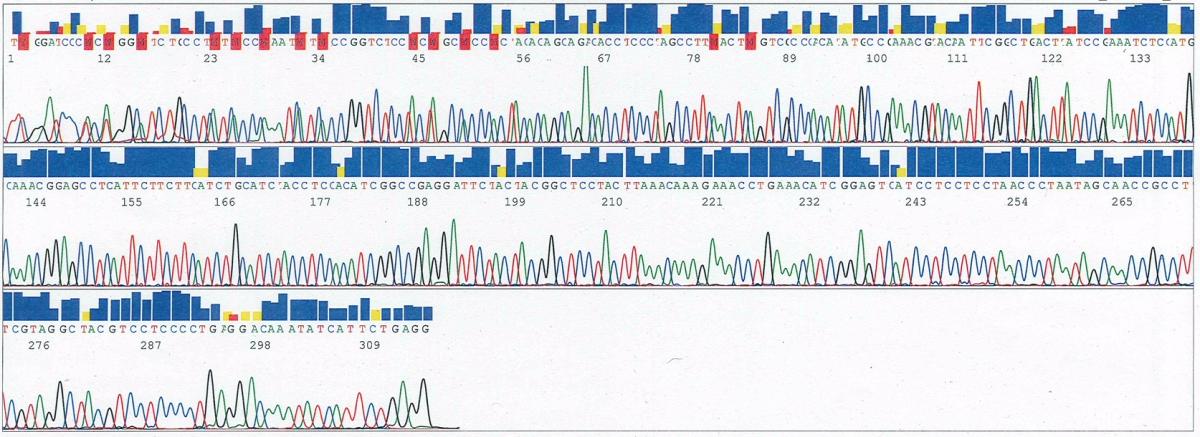 Mitochondrial DNA sequence of robins.
Mitochondrial DNA sequence of robins.
• Individual identification
DNA markers of the STR (short tandem repeat) type are used :
- for the individual identification of the animal,
- for the assignment to a population of origin,
- for the determination of a relationship.
These STRs are fragments of nuclear DNA of different lengths, consisting of repeats and highly polymorphic. These differences can be measured by capillary electrophoresis and allow the individual identity of an animal to be determined. The laboratory uses a specific assortment (kit) of these markers for each species. If two individuals have the same profile, the probability that these profiles have the same source is calculated using allele frequencies determined in databases. Our laboratory has created such databases or uses databases from papers published by other laboratories whose method of analysis we have adopted.
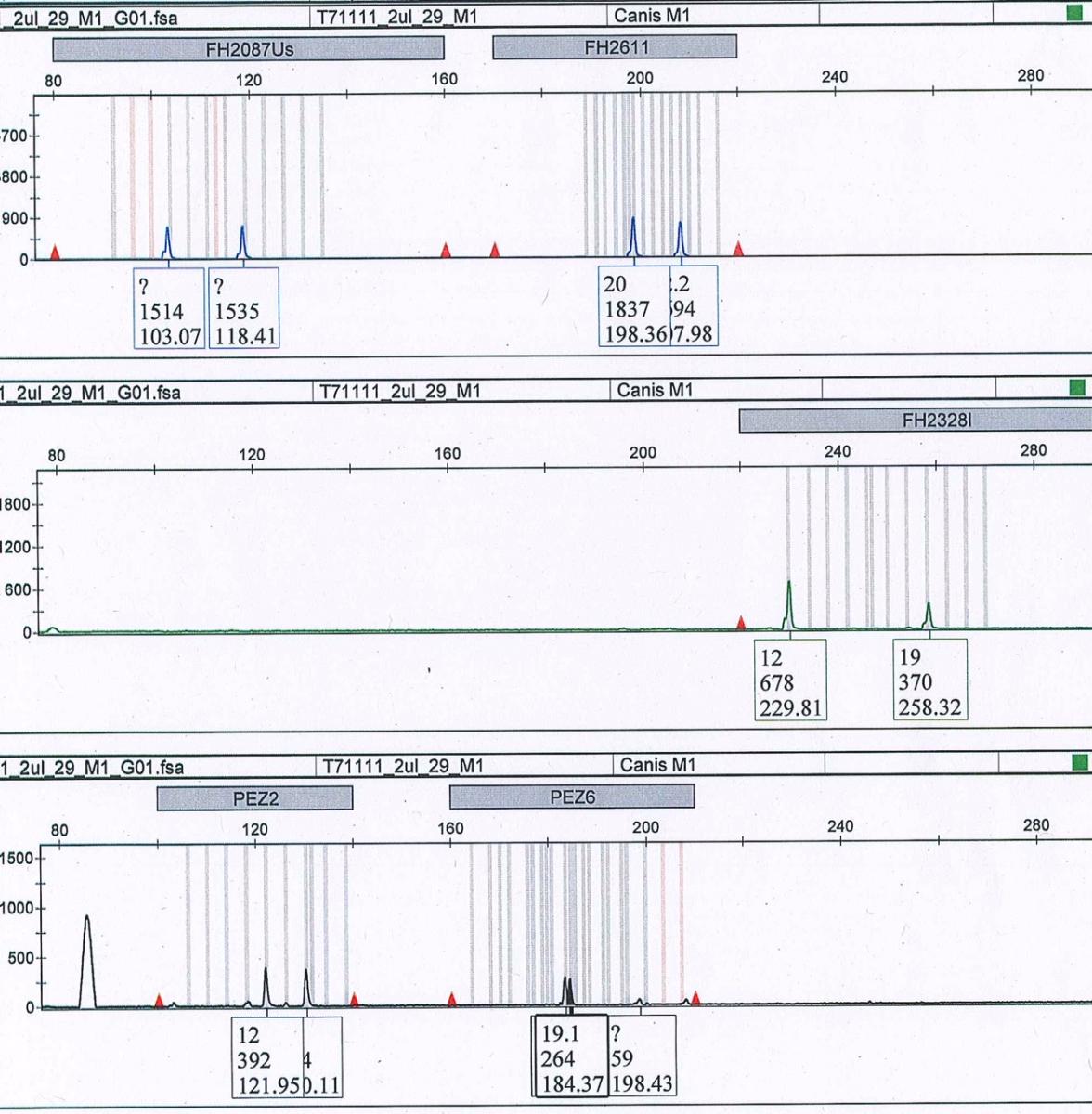
Profil partiel d’un chien
Our competences
We work for public authorities (police, public prosecutors, airports, customs, federal and cantonal offices), within the framework of search assignments and private mandates.
- Assignment of a suspect to a crime based on a transfer of DNA of animal or plant origin: hair of a domestic animal, saliva, feces, leaves, pollen, etc.
Suspicion of mistreatment Presence of a suspect at a specific location (crime scene, poaching, etc.). 
Source image Source image
- Identification of an animal involved in an attack on a person or another animal, an animal that caused an accident or damaged property.
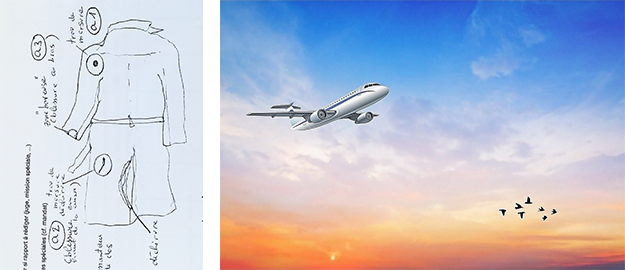
Diagram of sampling on airport security (birds caught by engines)
the coat of a victim Image source
of canine aggression
- Genetic identification of biological samples and derived products: Authentications and elimination of doubts.
Authentications of food :
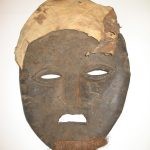
Ancient African mask made of elephant skin with genet headdress
Food authentications:
Food authentication of species in a gastric content analysis for the removal of doubt
preparation containing a prohibited species of food poisoning
- Identification of a stolen animal, a corpse or animal remains or a plant species (plant, leaf, seed, etc.): confirmation of the origin (pedigree) of a pedigree animal or its relationship to certified breeders, illegal trade and trafficking in contravention of the Conventions on International Trade in Endangered Species (CITES)
 Collection of a parrot feather in the context of a bird trafficking case
Collection of a parrot feather in the context of a bird trafficking case
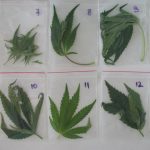
Samples
General precautions :
Beware of contamination!
Between samples and with human DNA, it is important to work with clean instruments and equipment (possibly flame sterilized), and to deposit samples from only one individual per tube or envelope.
It is essential to avoid leaving the samples wet, as humidity promotes DNA degradation.
Types of samples
Blood:
It should be collected with specially designed swabs that should be dried well at room temperature and kept dry.
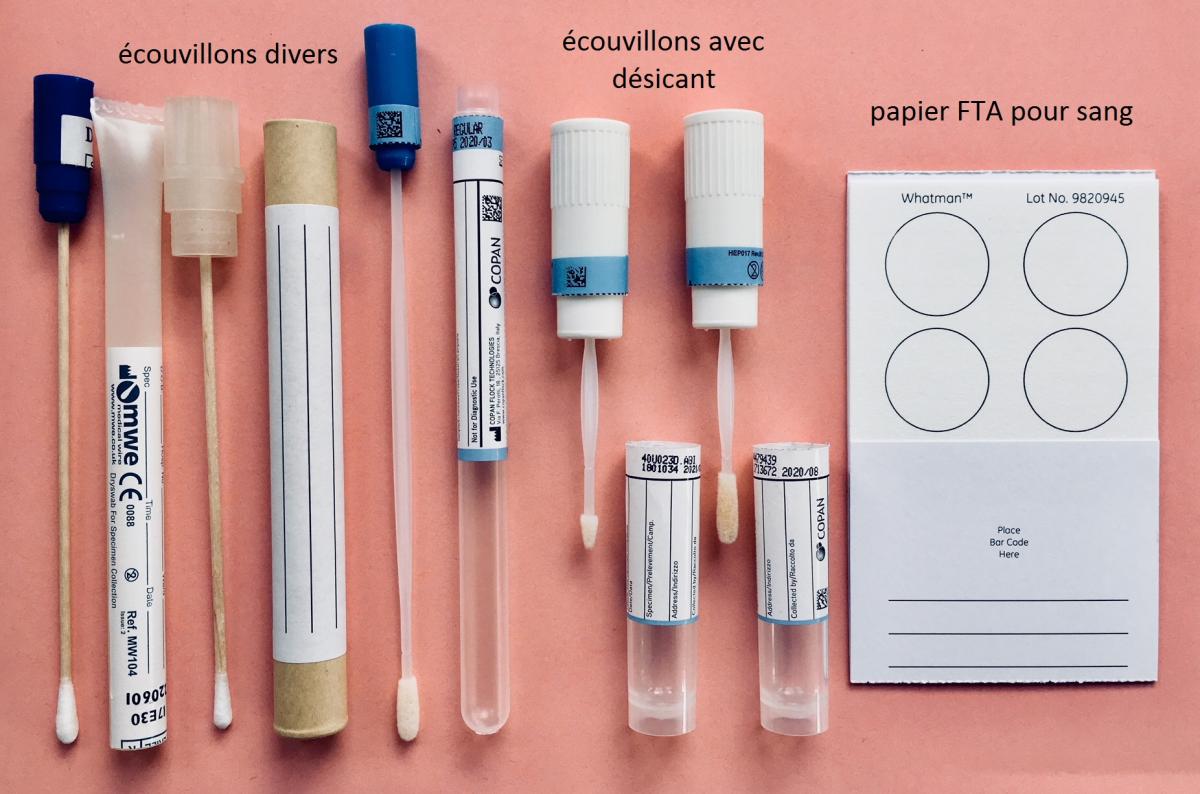
Saliva:
This should be collected with specially designed swabs, such as from the inside of an animal's cheek or around prey wounds in the field. It is important to dry them well at room temperature and keep them dry.
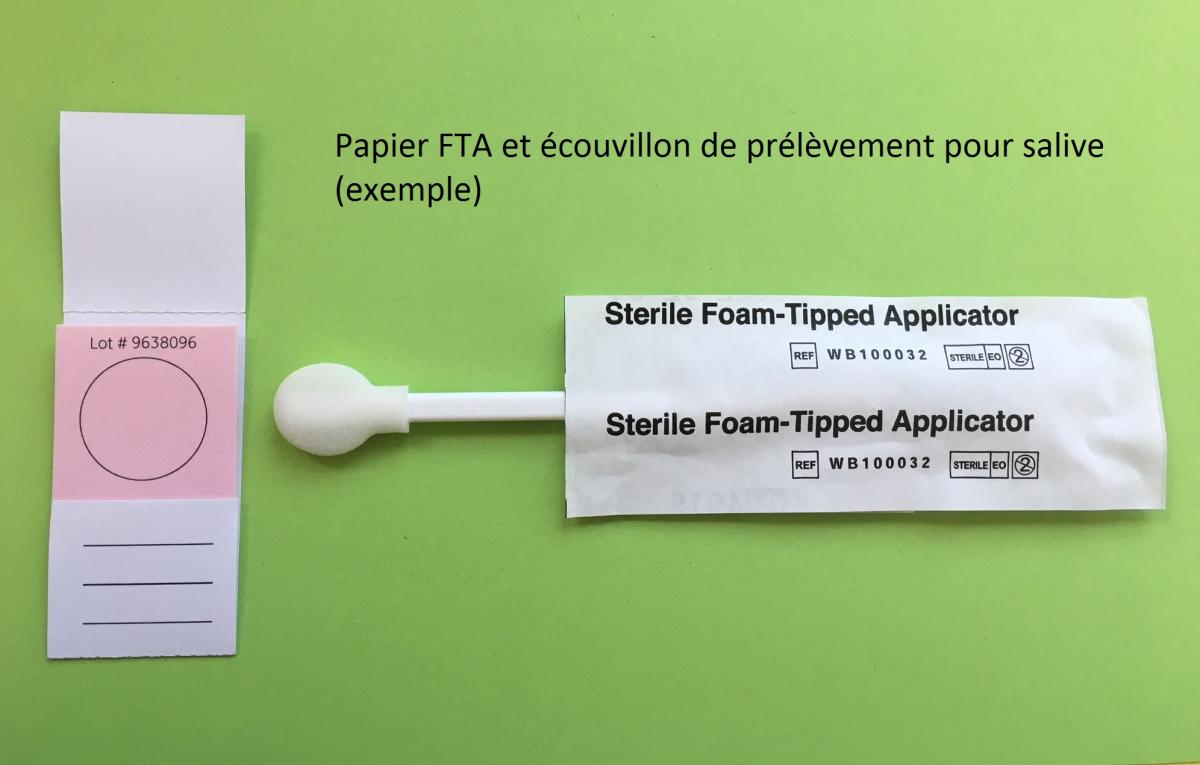
Tissues:
Organ pieces (muscle, liver, skin) and other tissues (meat, fish fins, biopsies) contain a large amount of DNA, but degrade quickly. Store a few mm3 of sample e.g. in 1.5 ml tubes (Eppendorf tubes) and cover them completely with 70% alcohol. Store at room temperature or in the refrigerator. Alternatively, small samples can be dried and stored in tubes with desiccant (Silicagel).
Hair and feathers:
DNA is essentially present in the bulb of the feather or the root of the hair: for storage, paper envelopes are recommended to be kept at
humidity.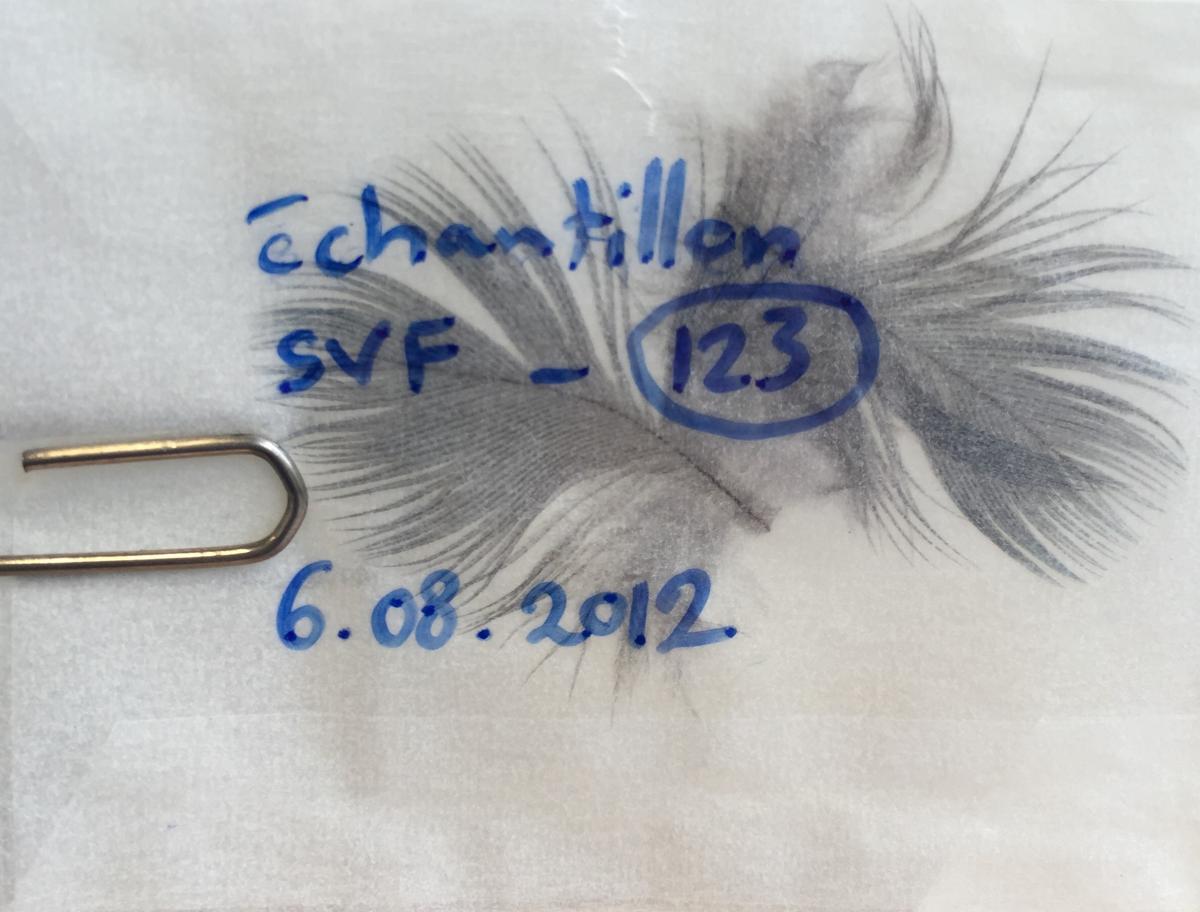
Droppings: droppings contain small amounts of more or less degraded DNA but can give good results, especially in carnivores. Small portions of droppings (a few cm3) can be placed in airtight tubes covered with 90% alcohol and stored at room temperature or in the fridge.
The droppings can also be dried and stored in tubes with a desiccant (Silicagel).
Urine: it can give good results depending on the quantity (volume) to be analyzed and the "freshness" of the liquid.
Plants: place a leaf or a plant fragment in a paper envelope or in a tube with desiccant (Silicagel).
Other samples: our laboratory also performs genetic analyses from other types of biological samples, such as bones, antlers, eggshells, museum samples, as well as from biological traces present on various supports (dried blood or saliva on clothes, traces on a knife, etc.).
Sending the samples :
Samples can be sent by simple postal mail, making sure that the tubes containing liquid are well closed:
for any additional information, please contact us before sending.
See the tab " Contact us ".


